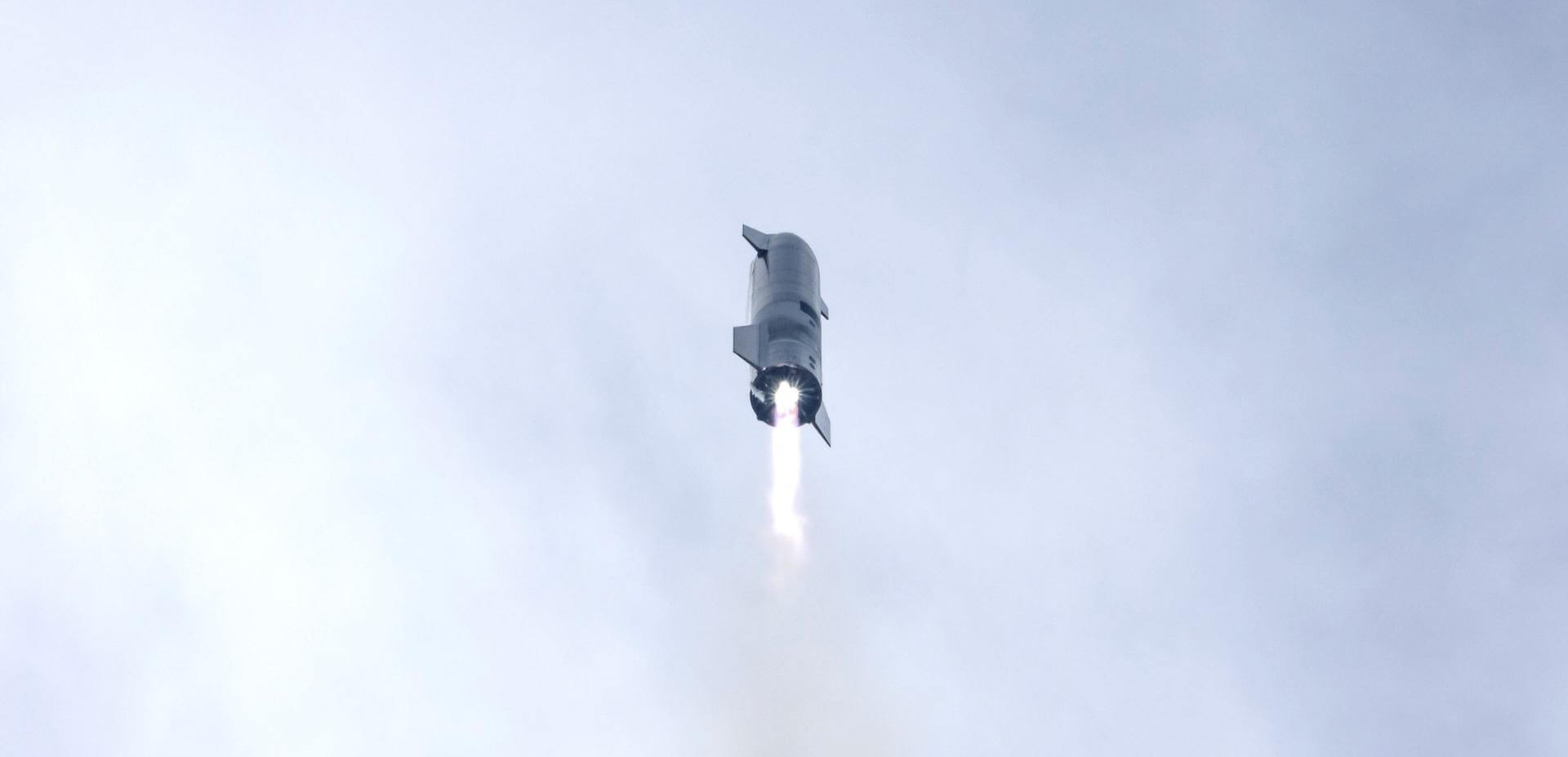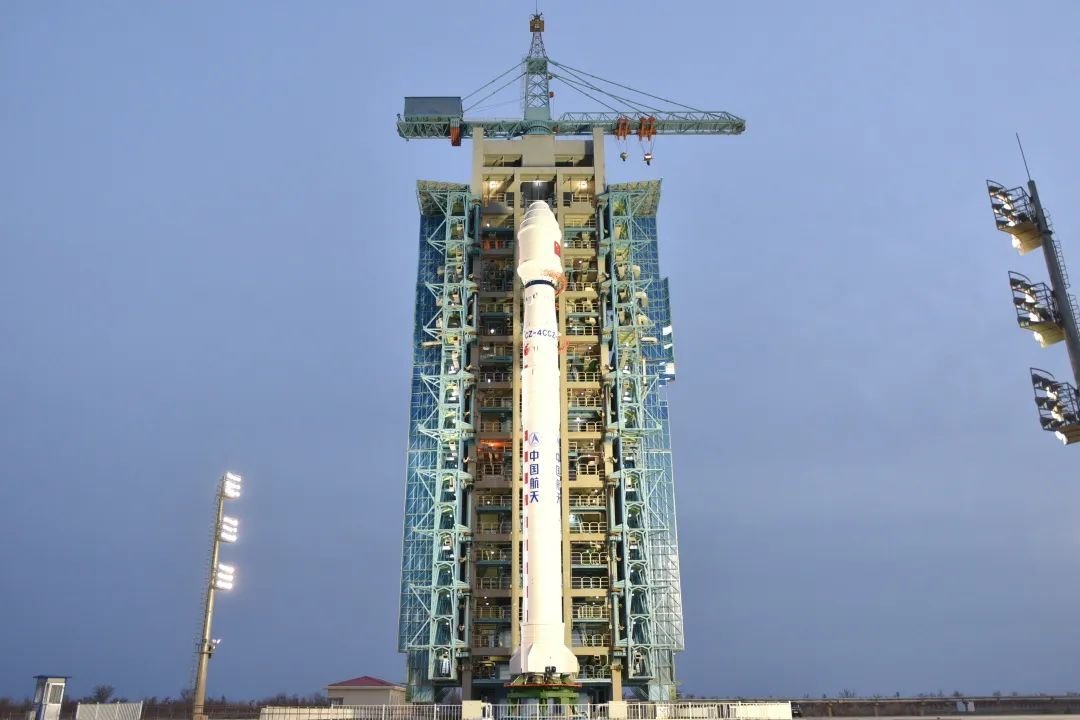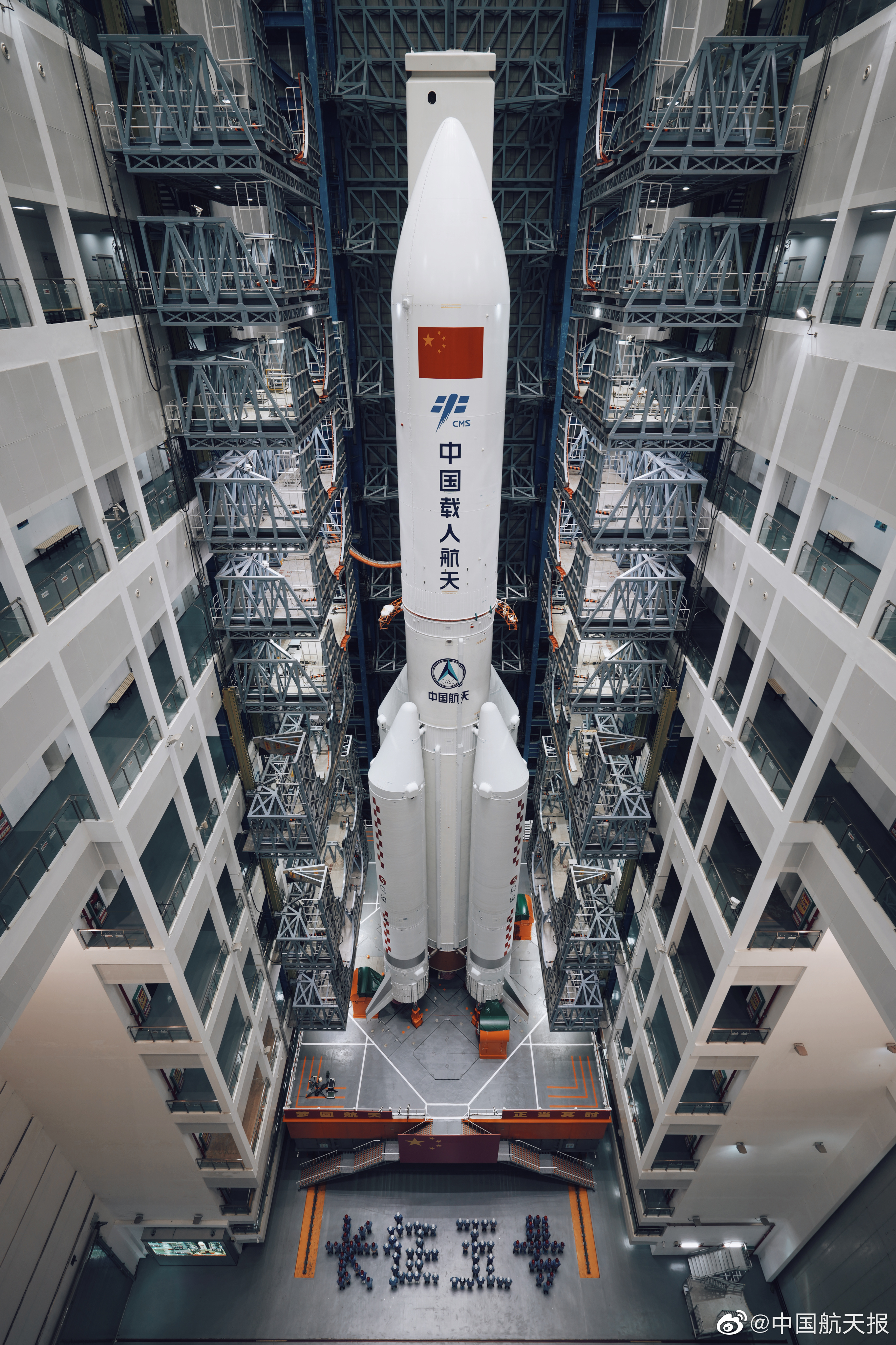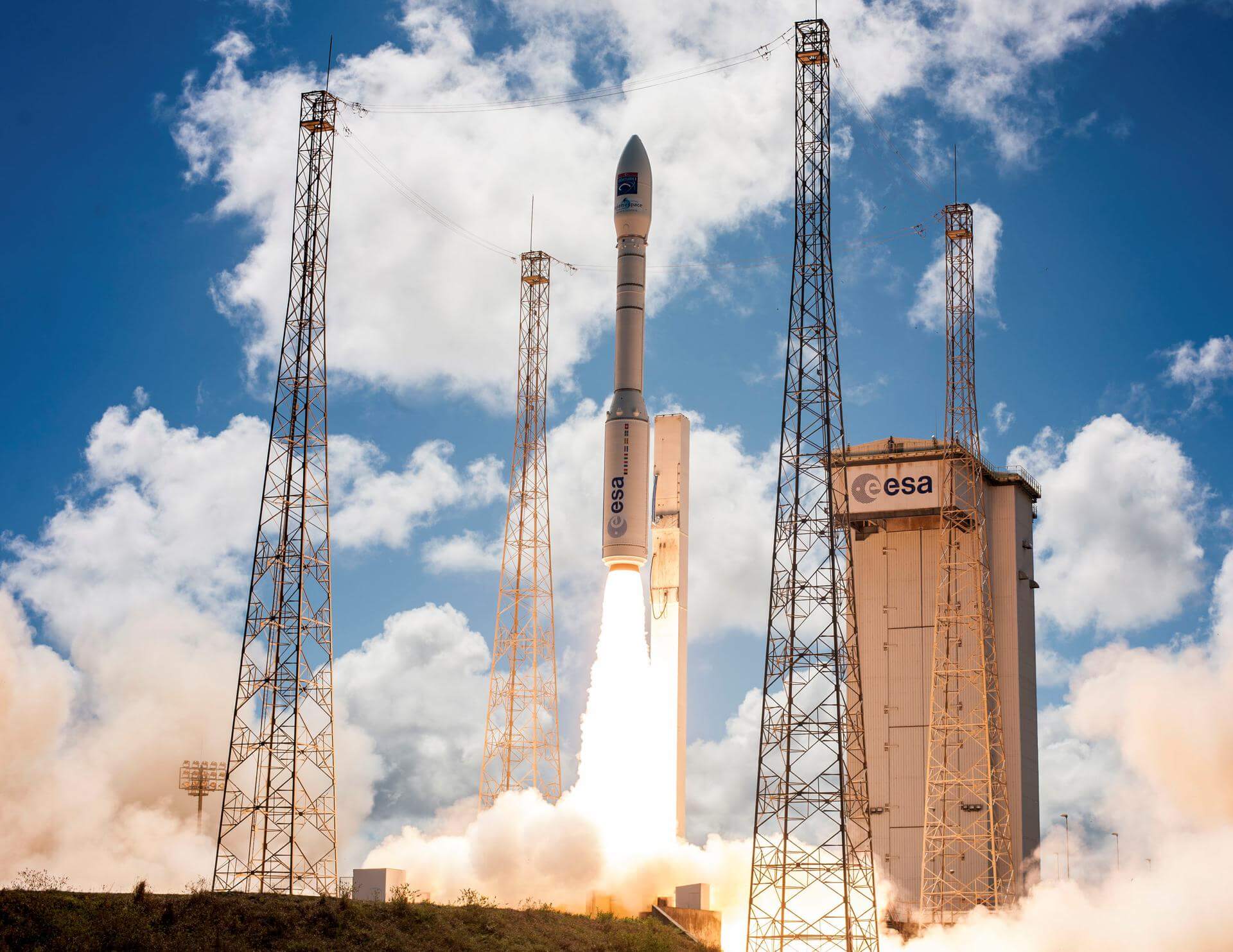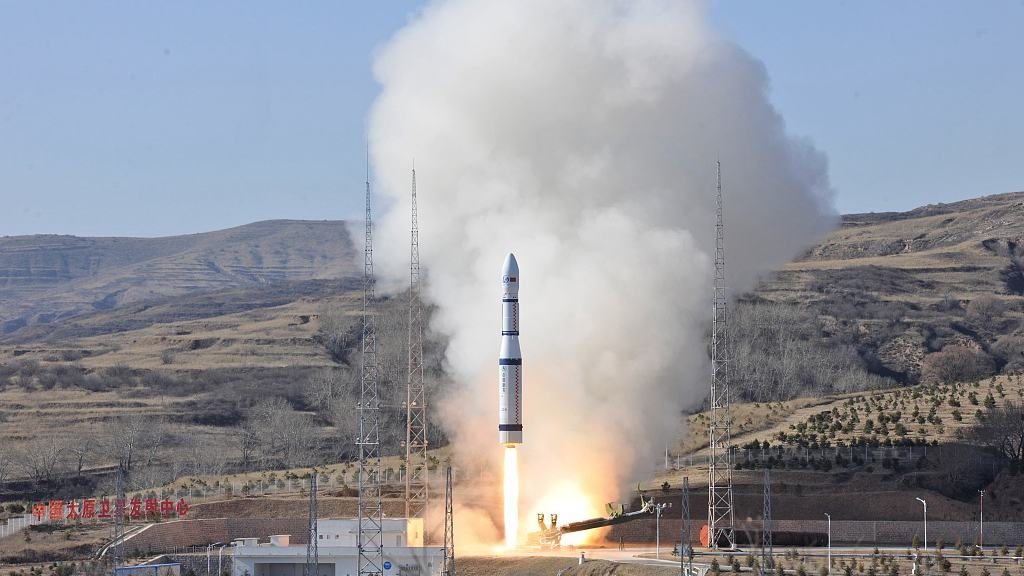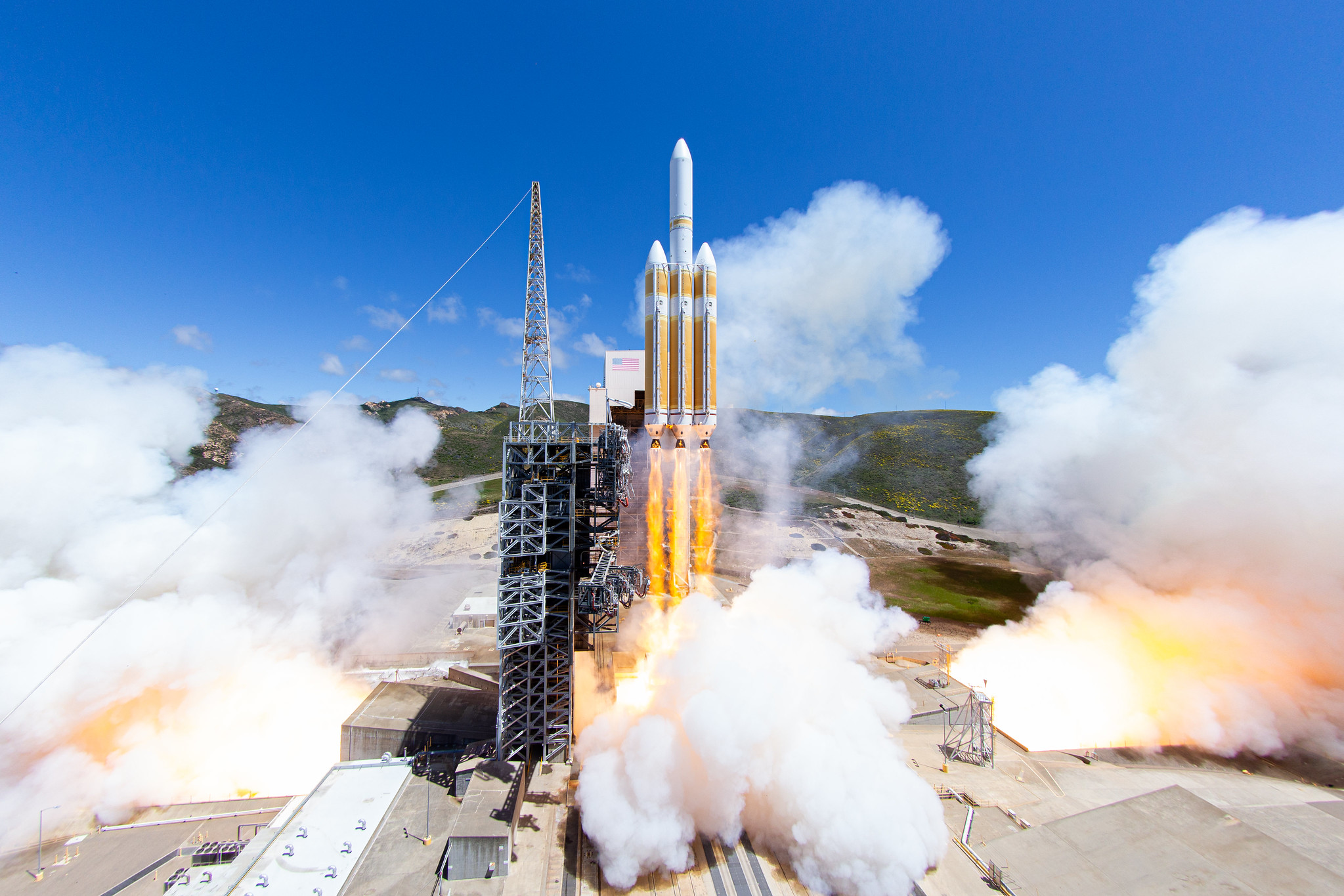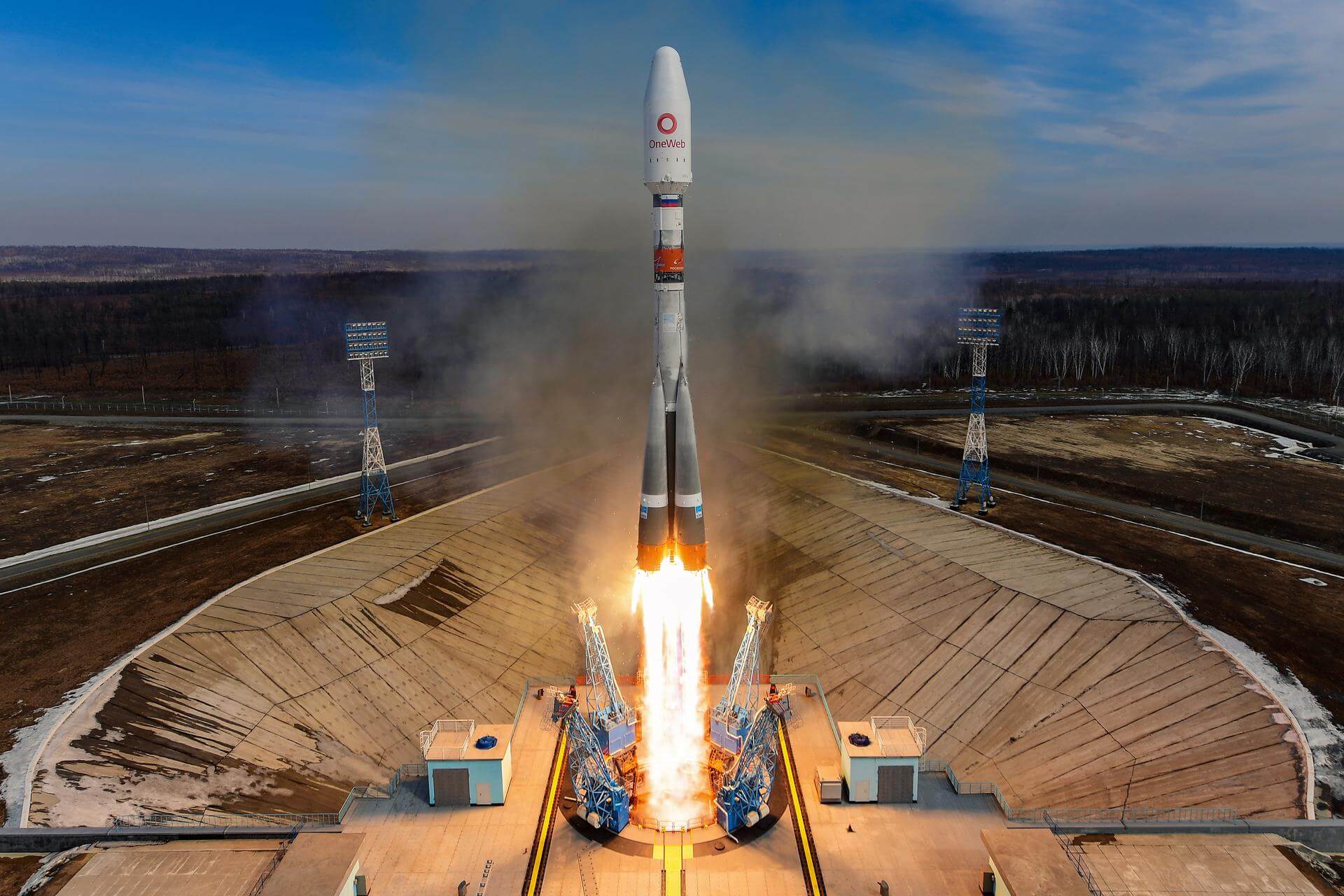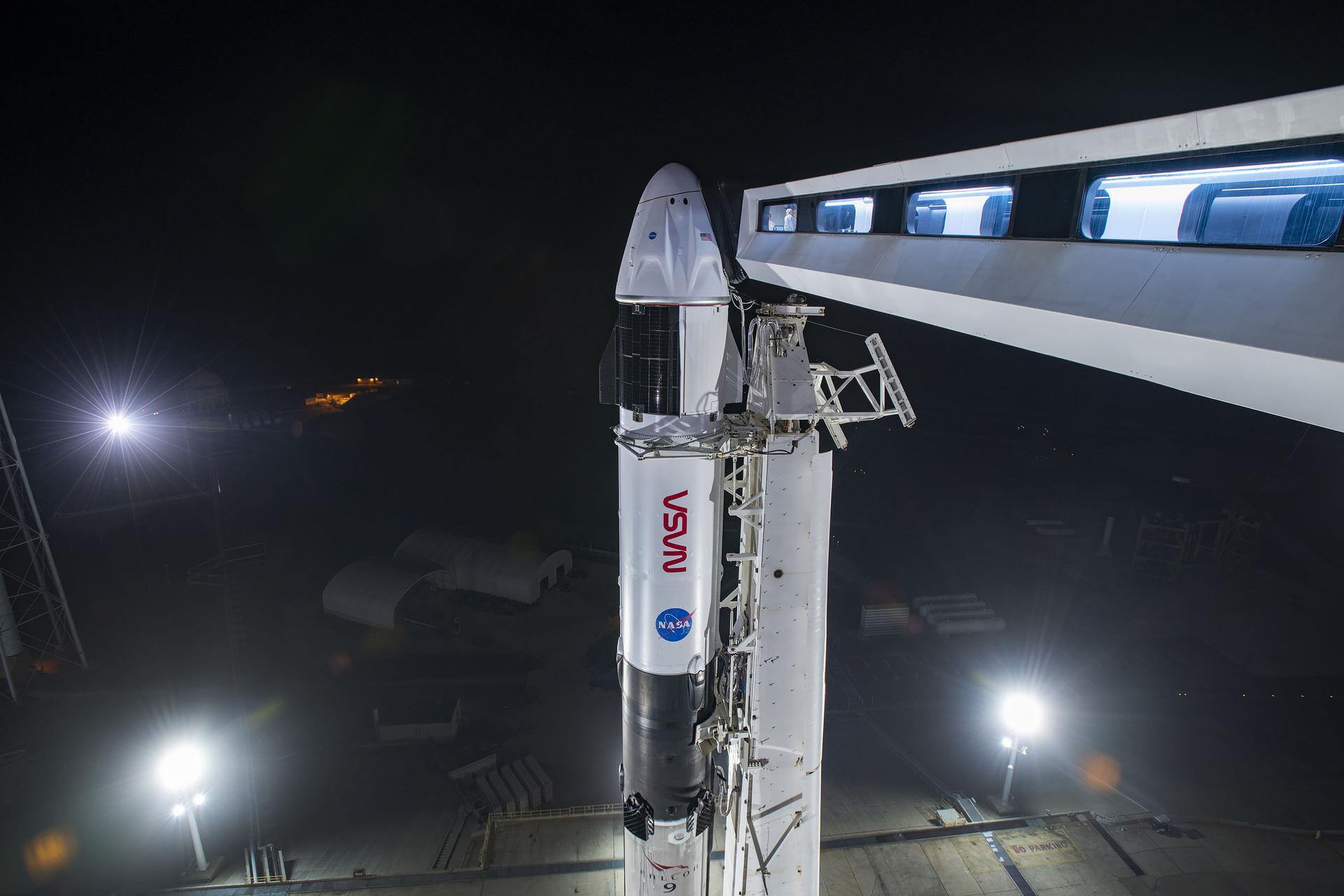Previous Spaceflight Launches
Filter by Agency, Locations or Vehicles
Show All LaunchesStarship SN15 | 10 km Flight
SpaceX | United States of AmericaSpaceX Starbase, TX, USA
May 5, 2021, 10:24 p.m.
Status: Launch Successful
Mission:
The SN15 Starship prototype will perform a test flight similar to SN8 to SN11. It will launch up to an altitude of 10 km or 33,000 ft and do a belly flop maneuver followed by a controlled descent to the landing pad.
Suborbital SN15 - Maiden Flight SpaceX Starship Landing PadFalcon 9 Block 5 | Starlink 25
SpaceX | United States of AmericaKennedy Space Center, FL, USA
May 4, 2021, 7:01 p.m.
Long March 4C | Yaogan 34
China Aerospace Science and Technology Corporation | ChinaJiuquan Satellite Launch Center, People's Republic of China
April 30, 2021, 7:27 a.m.
Falcon 9 Block 5 | Starlink 24
SpaceX | United States of AmericaCape Canaveral SFS, FL, USA
April 29, 2021, 3:44 a.m.
Long March 5B | Tianhe
China Aerospace Science and Technology Corporation | ChinaWenchang Space Launch Site, People's Republic of China
April 29, 2021, 3:23 a.m.
Vega | Pléiades Neo 3
Avio S.p.A | ItalyGuiana Space Centre, French Guiana
April 29, 2021, 1:50 a.m.
Status: Launch Successful
Mission:
Pléiades Neo is a constellation of four optical high-resolution Earth observation satellites built and operated by Airbus. It is a dual purpose constellation, serving both civilian and military purposes. Pléiades Neo 3 is the first satellite in the constellation which is to deliver imagery with spatial resolution of 30 cm. It is launched along with several rideshare payloads.
Sun-Synchronous OrbitLong March 6 | Qilu-1, Qilu-4 & others
China Aerospace Science and Technology Corporation | ChinaTaiyuan Satellite Launch Center, People's Republic of China
April 27, 2021, 3:20 a.m.
Status: Launch Successful
Mission:
This launch delivered 9 commercial satellites into low Earth orbit. Qilu-1 and Qilu-4, as well as most other satellites on this mission, are Earth observation spacecraft. One other satellite on this mission is the scientific research and technology verification satellite NEO 1 with the purpose of observing small space bodies, as well as testing the technology to use deployable net for catching small objects in orbit.
Low Earth OrbitDelta IV Heavy | NROL-82
United Launch Alliance | United States of AmericaVandenberg SFB, CA, USA
April 26, 2021, 8:47 p.m.
Soyuz 2.1b/Fregat-M | OneWeb 6
Progress Rocket Space Center | RussiaVostochny Cosmodrome, Siberia, Russian Federation
April 25, 2021, 10:14 p.m.
Status: Launch Successful
Mission:
A batch of 36 satellites for the OneWeb satellite constellation, which is intended to provide global Internet broadband service for individual consumers. The constellation is planned to have around 648 microsatellites (of which 60 are spares), around 150 kg each, operating in Ku-band from low Earth orbit.
Polar OrbitFalcon 9 Block 5 | Crew-2
SpaceX | United States of AmericaKennedy Space Center, FL, USA
April 23, 2021, 9:49 a.m.
Status: Launch Successful
Mission:
SpaceX Crew-2 is the second crewed operational flight of a Crew Dragon spacecraft to the International Space Station as part of NASA's Commercial Crew Program. It used the same Falcon 9 first stage as the Crew-1 mission and the same Crew Dragon capsule as the Demo-2 mission (Endeavour).
Low Earth Orbit B1061 - Flight Proven ( ) Of Course I Still Love You